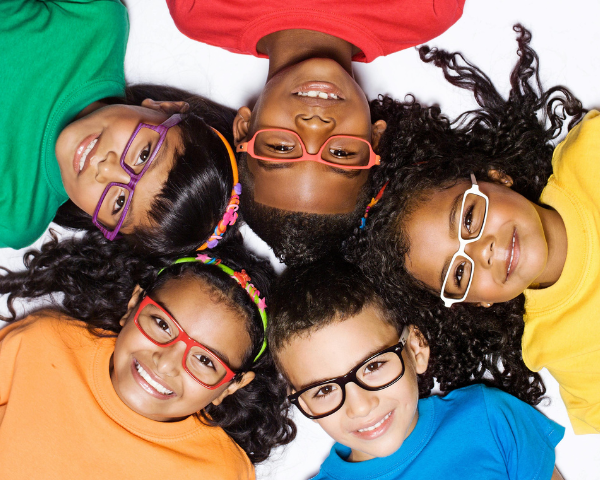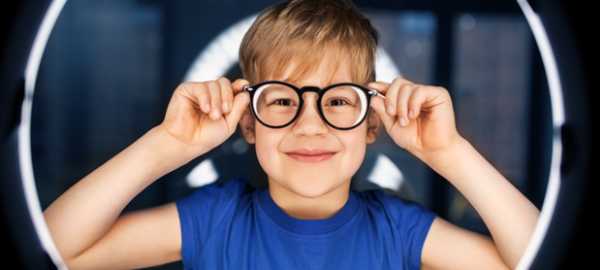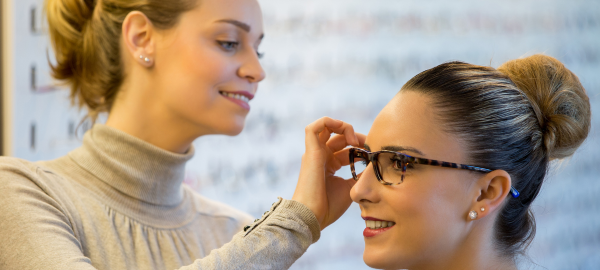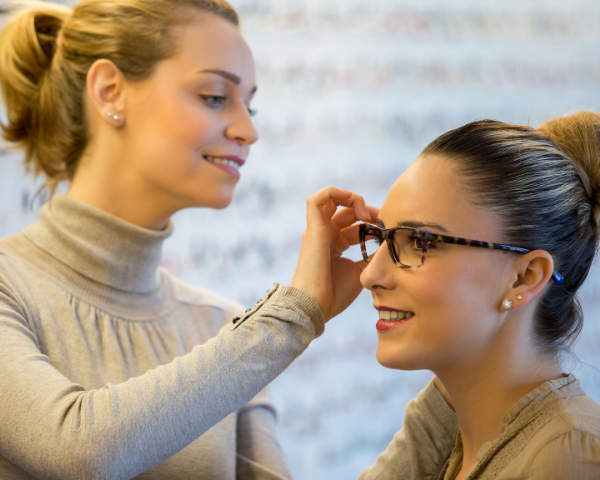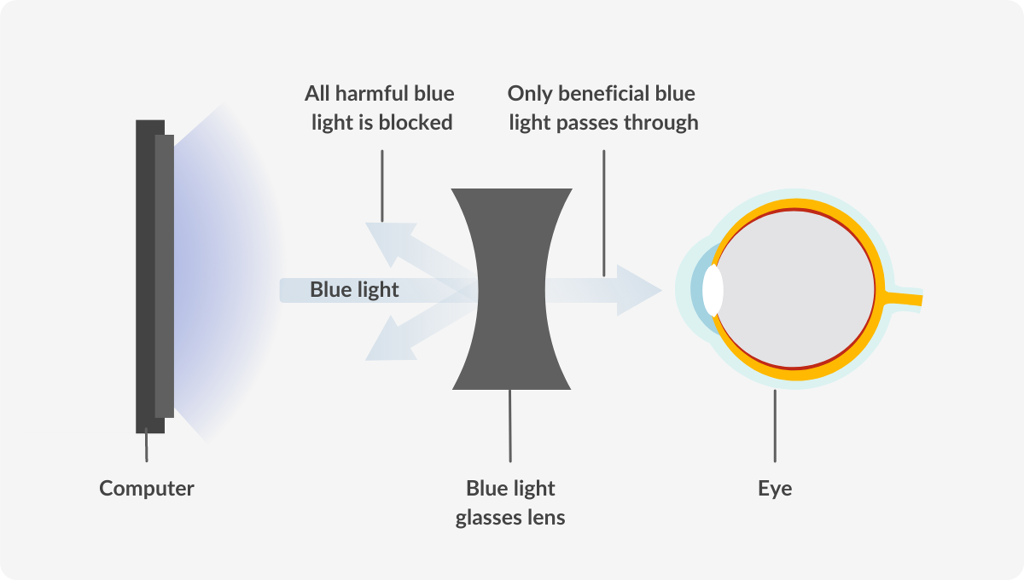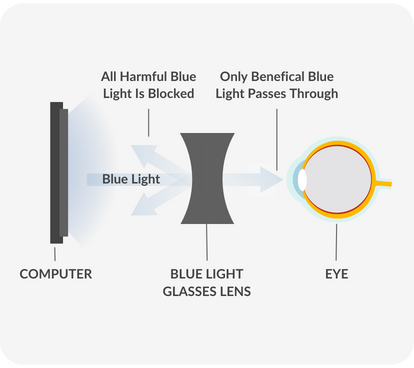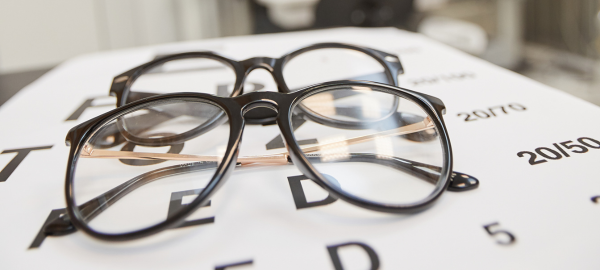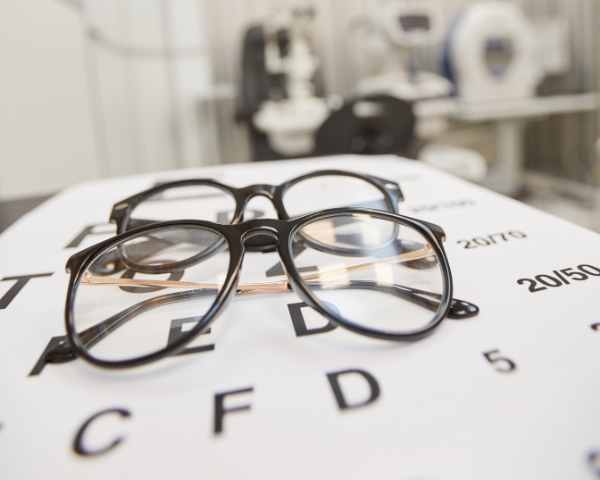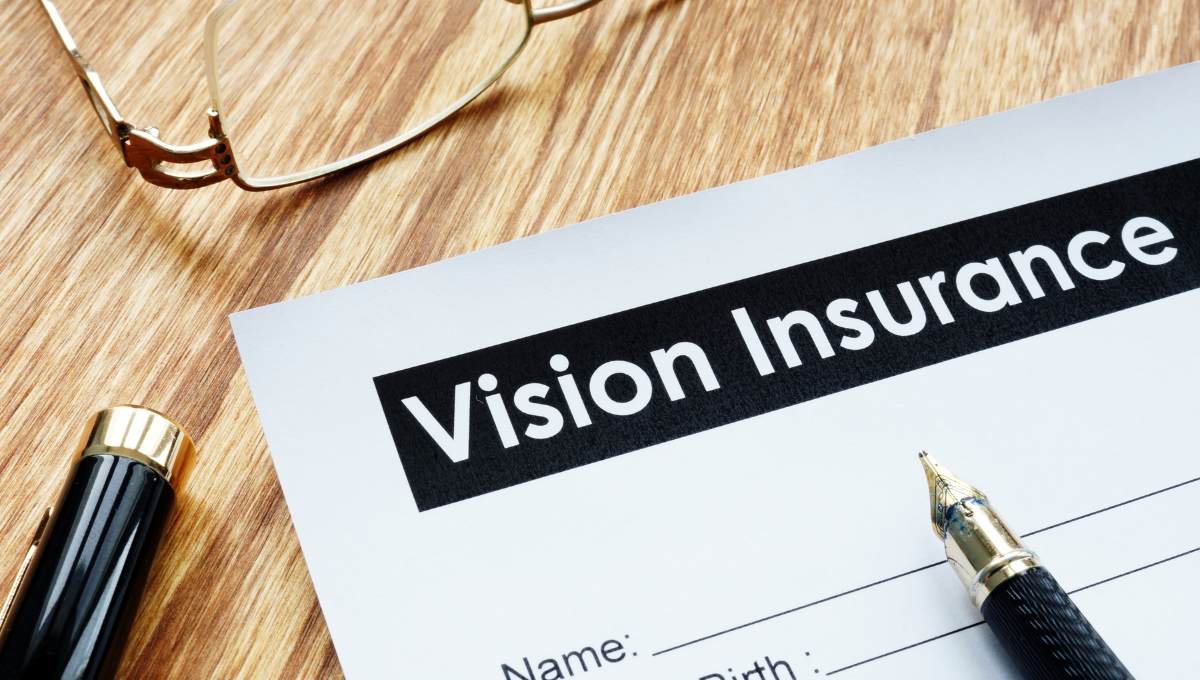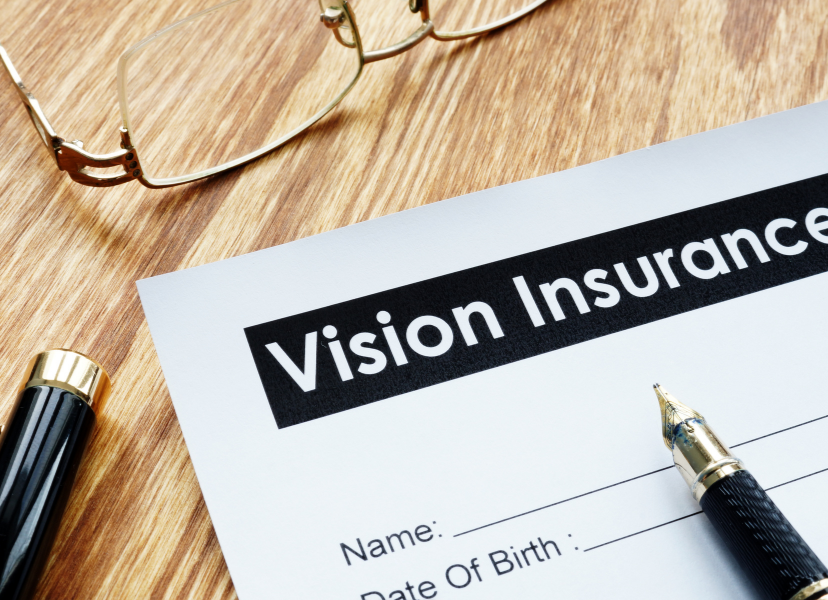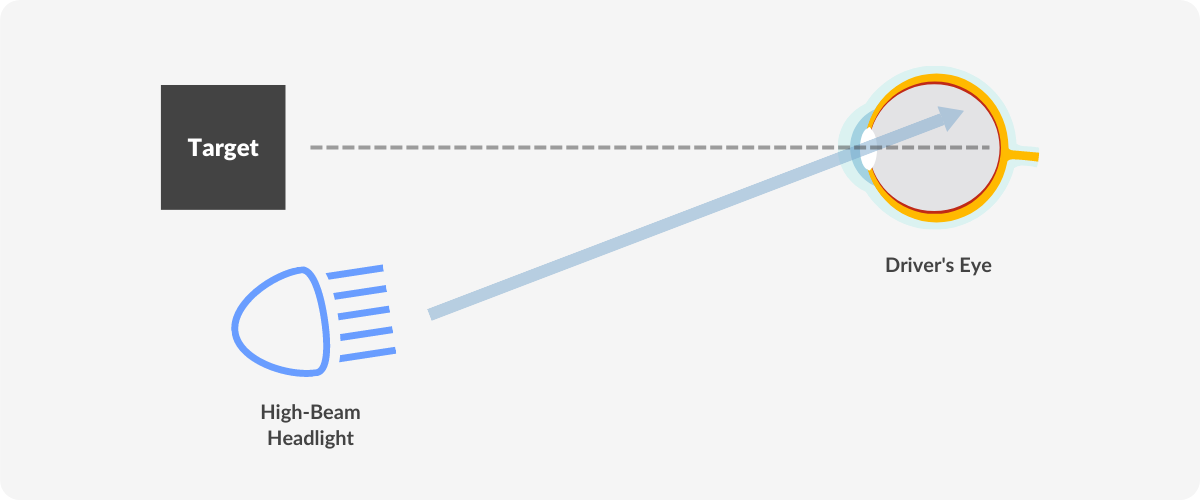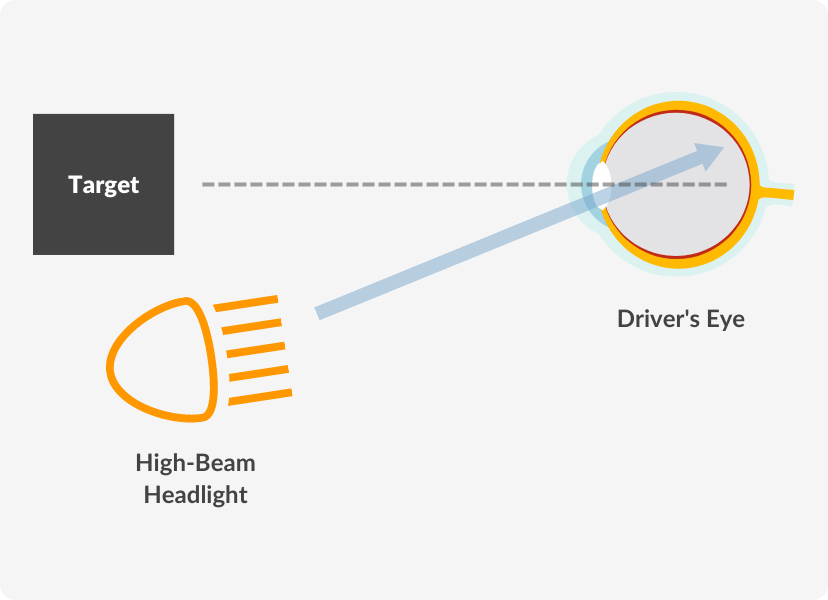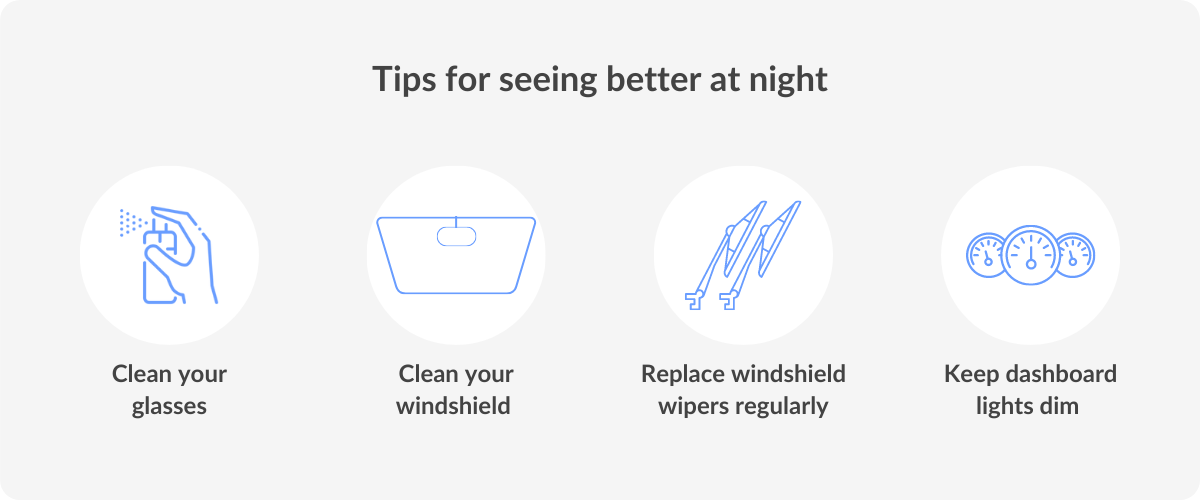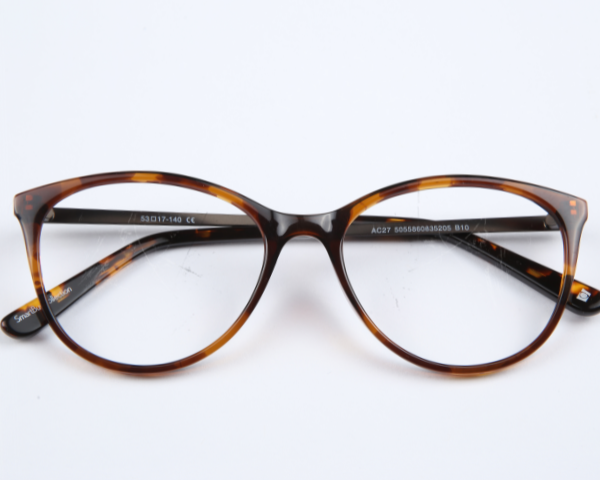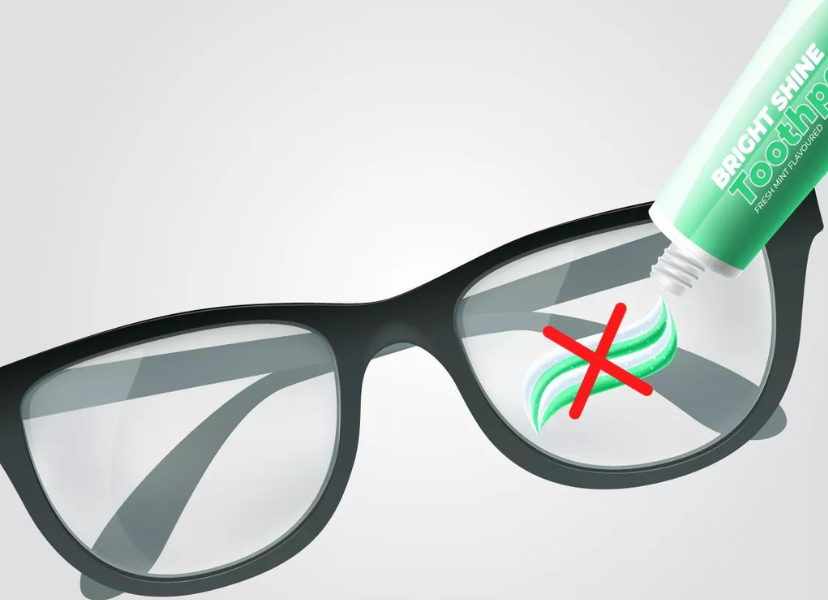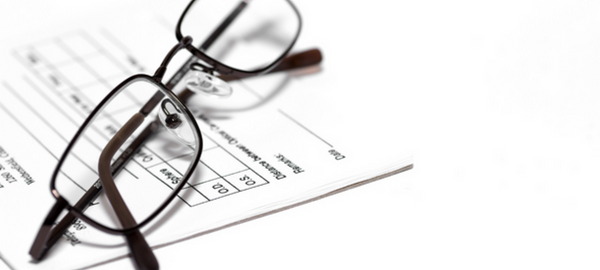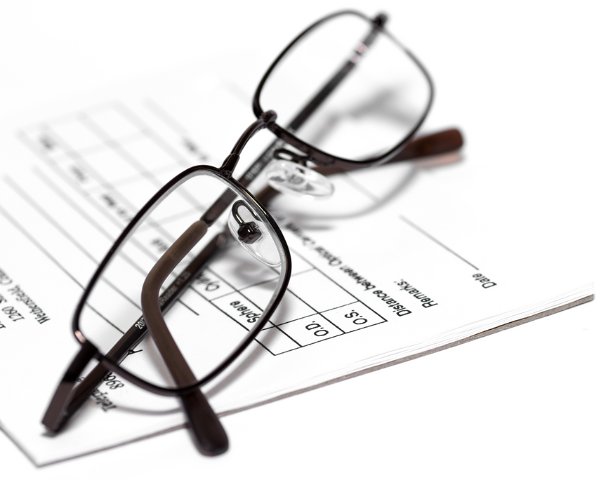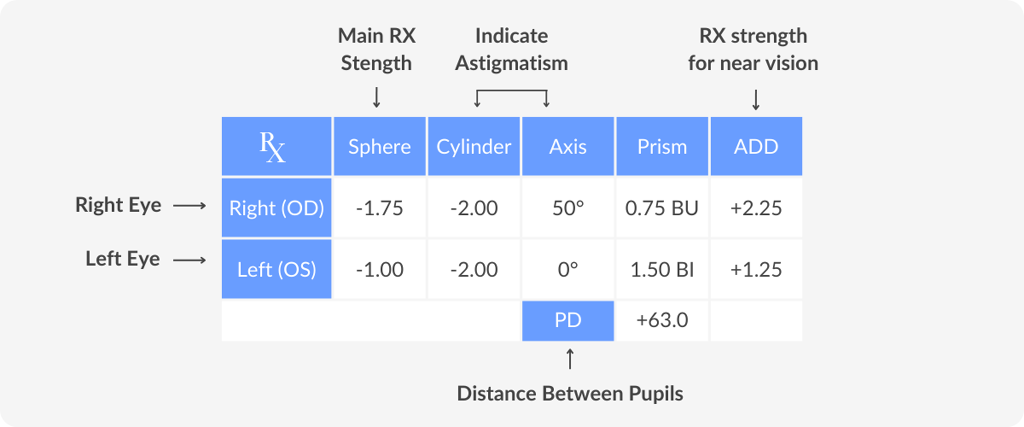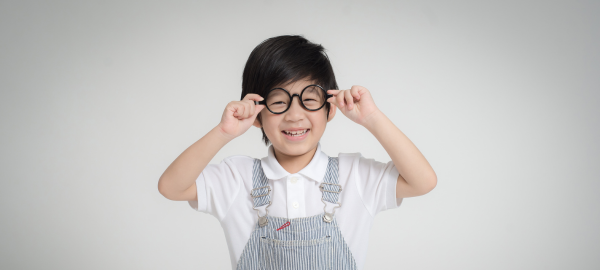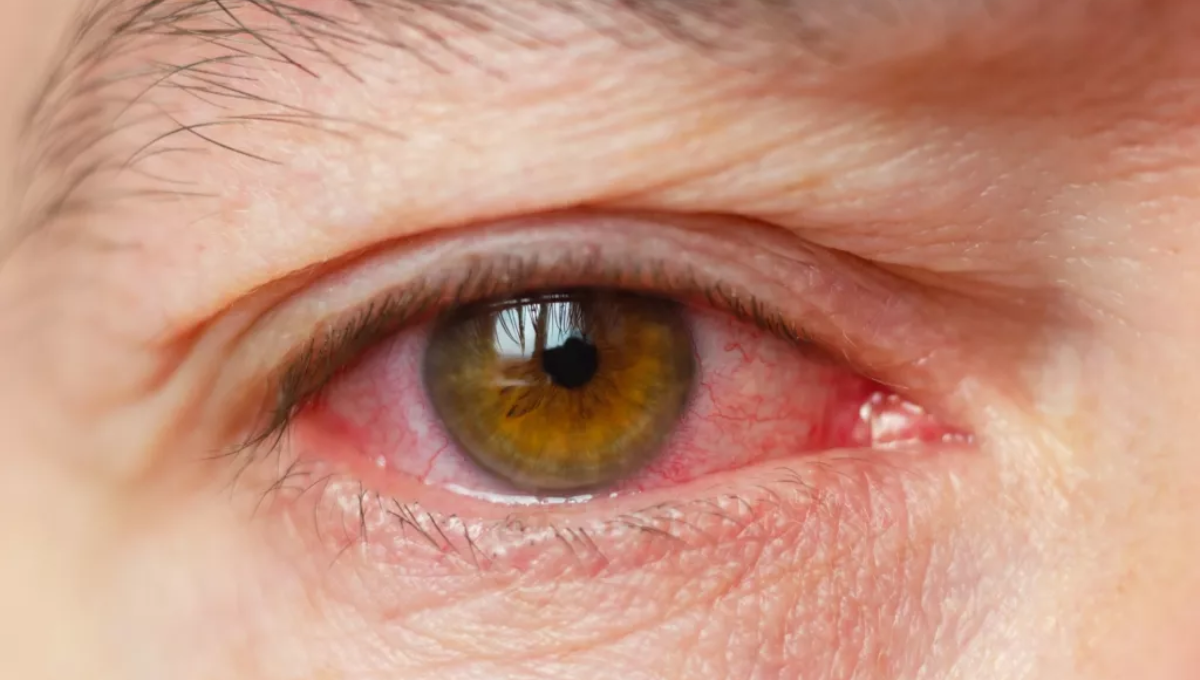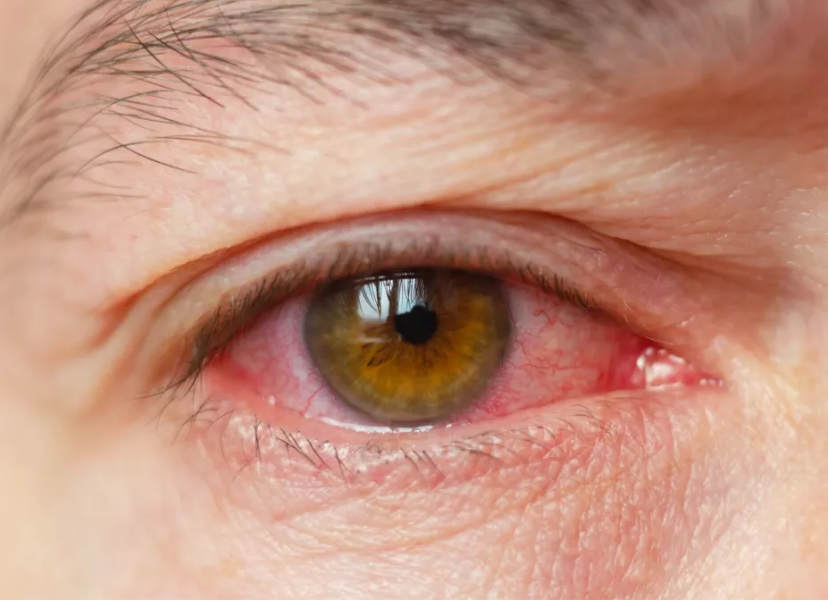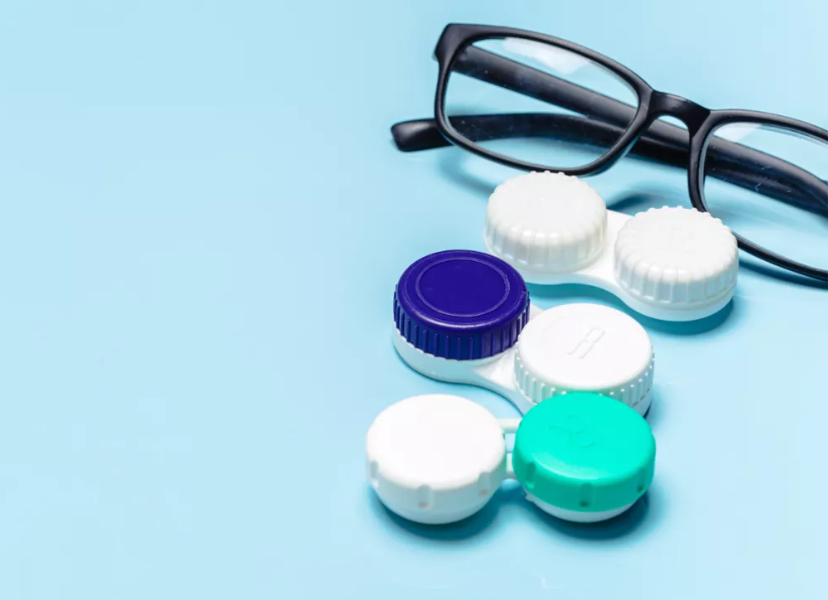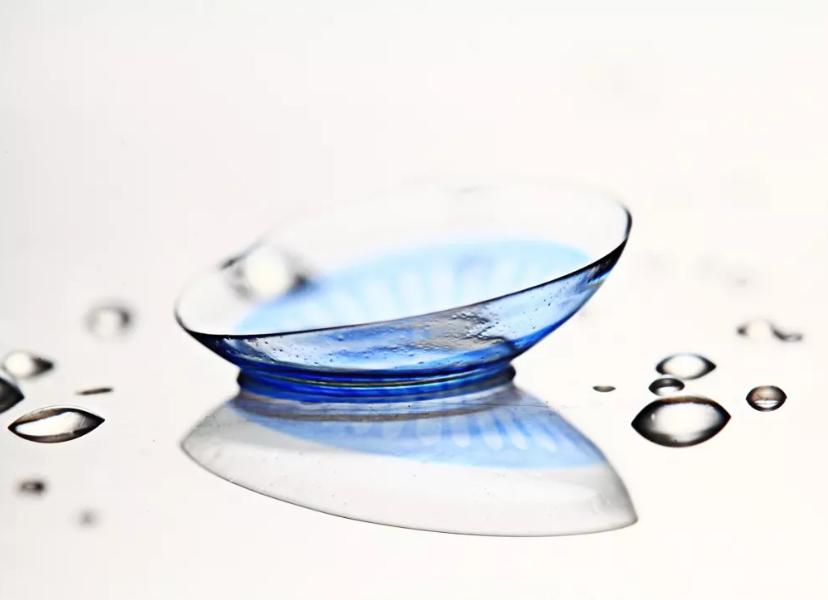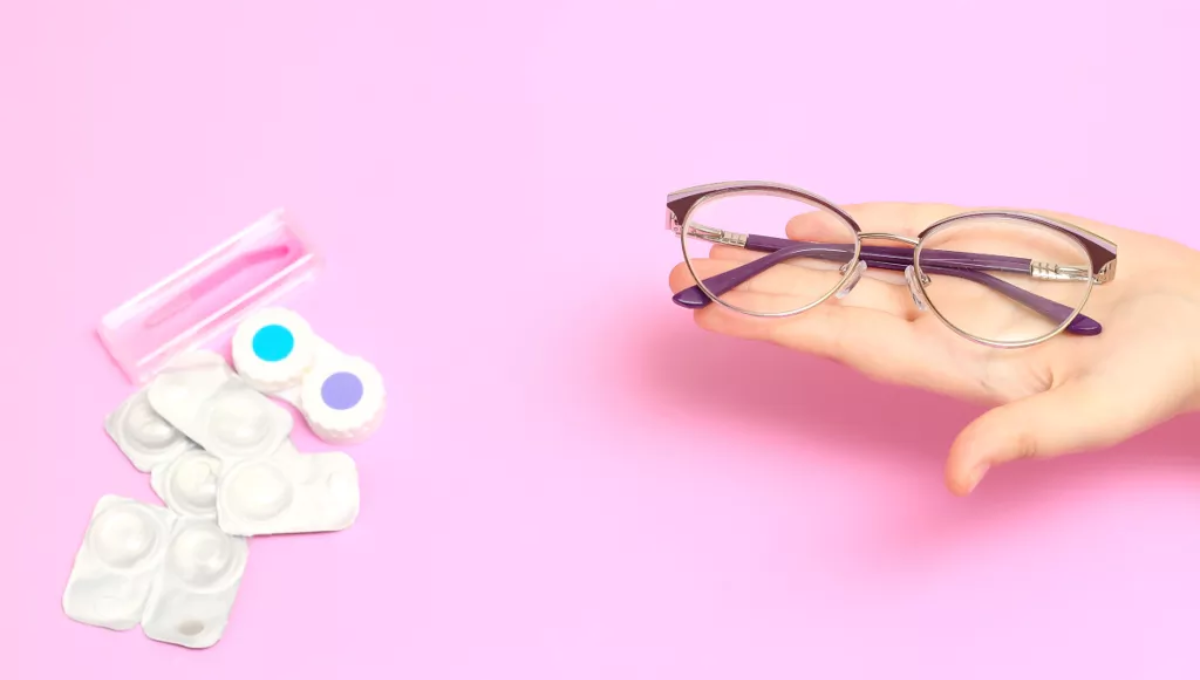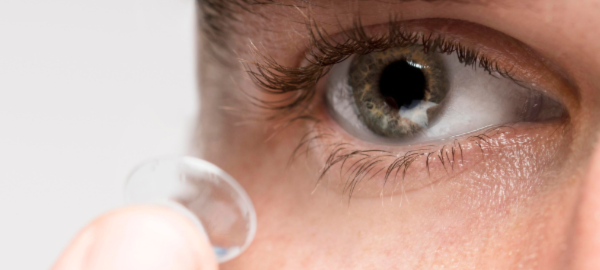Does My Child Need Glasses?

Reviewed by
Maria Horan FBDO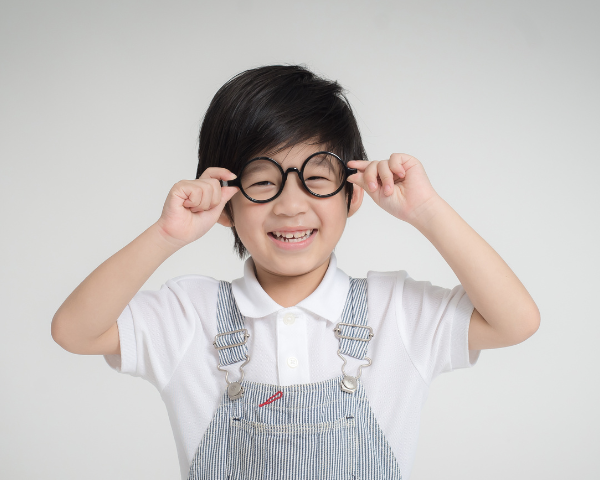
Did you know that more than 1 in 20 preschoolers have some type of vision condition?
Undetected vision problems can significantly impact a child’s quality of life—affecting everything from academic performance to social interactions.
Yet, many young children may not realise they have a vision issue, making it crucial for parents to watch for signs and take the proper actions that will help their child thrive.
Here we’ll explore ways to recognise that your child may need corrective glasses, to ensure you’ll be able to set them up for success in all areas of life.
What a parent should look for
Here are some behaviours to watch for in your child that may indicate the need for corrective eyeglasses:
- Difficulty focusing: Although it can be an indicator of many health factors, difficulty to focus can suggest a child is struggling to shift and adapt their focus from distant to near objects. This might be most noticeable during school activities, where children must frequently shift focus between books, screens and the classroom’s board.
- Squinting often: If your child squints often, it may be they are attempting to improve clarity by narrowing their field of vision as this reduces the amount of light entering the eyes and helps objects appear sharper. This can be a sign of refractive errors such as myopia (nearsightedness) or astigmatism.
- Excessive rubbing or covering eyes: Although eye rubbing can sometimes signal tiredness or irritation, frequent rubbing may also be due to eye strain or discomfort caused by vision issues as well as an indicator of eye infections like conjunctivitis.
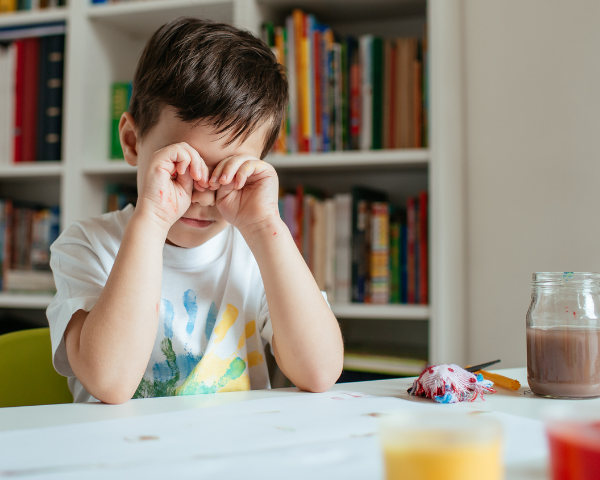
In addition, excessively rubbing the eyes can impact the cornea over time, which can induce astigmatism as a result.
- Frequent headaches: Headaches can have many causes. If your child is having frequent headaches, you should take them to an eye doctor to check if glasses are needed. They could be overworking their eyes in order to have a clearer field of vision.
- Sitting too close to the television: Every child loves to sit close to the television when their favourite show is on but if they do it often, there may be a chance your child has myopia. Myopia is also known as nearsightedness, which means one can see objects close up, but distance vision is blurry. Try getting your little one to sit further away from the TV and ask if they can still see the images clearly. If not, it’s time to book an appointment with your local optician.
DID YOU KNOW?
A baby’s eye color can change within the first 9 months and may take up to 3 years to become permanent.
Common vision problems among children
Myopia
Also called nearsightedness, myopia is a vision condition that causes objects to appear blurry at a distance. This condition often develops around school age and will progressively get worse in time.
A child with myopia might squint frequently and sit closer to objects to see them clearly. A vision checkup is needed to confirm whether eyeglasses are needed.
Hyperopia
The opposite of myopia, farsightedness is a vision condition that causes close-up objects to be blurry. This condition can be harder to detect since children might naturally adjust their position to see better, masking the symptoms.
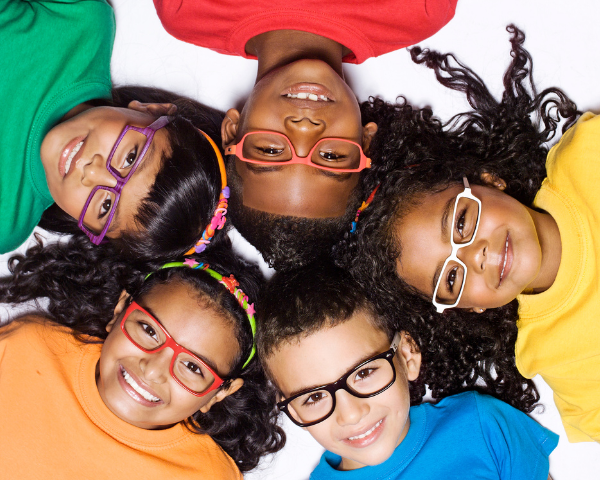
However, if a child regularly experiences eye strain, headaches, or avoids close-up tasks, hyperopia could be a potential cause. In this case, corrective glasses might be necessary
Astigmatism
This condition occurs due to the lens and cornea being irregularly shaped, causing blurred vision, especially at higher levels of astigmatism.
While mild astigmatism may not significantly impact vision, children with higher levels of astigmatism might experience previously mentioned symptoms, such as squinting, frequent headaches and eye rubbing.
Strabismus (Crossed Eyes) and Amblyopia (Lazy Eye)
Strabismus, commonly known as crossed eyes, is a condition where the eyes don’t line up properly. This leads to the eyes turning in different directions.
Amblyopia, or lazy eye, happens when one eye becomes weaker due to improper use, often due to untreated strabismus.
Children with these conditions may have poor depth perception, difficulty focusing and may avoid using the weaker eye. These issues are treatable, especially if caught early, with options ranging from glasses to therapy or even corrective eye surgery.
When is it time for an eye exam?
Children should get their vision checked before they can even begin to read or speak. Vision health guidelines recommend an initial eye check-up at six months, followed by another at age three and a third before starting school.
After that, your child should get eye exams around every two years.

It’s also important to watch for any warning signs and take your child to the eye doctor as soon as any come up.
Tips to get your child to wear their glasses
Convincing a child to wear glasses consistently can be challenging. Here are some tips to make the transition easier:
- Shop for their frames together: Offering support and allowing children to choose their own frames can make them more excited about wearing their glasses. Today, there are many styles designed specifically for kids so surely there will be frames that spark their interest.
- Encourage consistent use: Just like brushing their teeth and tidying up after themselves, wearing glasses should be a part of their daily routine. This will help them adapt to wearing them regularly.
- Positive reinforcement: Praise and reward your child for wearing their glasses. This can help them build confidence in their new look.
- Teach them proper care: Help your child feel responsible for their glasses by teaching them how to clean and store them safely.
How glasses can help your child thrive
Glasses aren’t just about improving sight, they can impact several areas of your child’s life from self-confidence, academic performance to overall well-being. By helping them see clearly, glasses help children fully participate in school, sports and social activities.
Kids who can see clearly tend to perform better academically, as they are less likely to miss important information. Additionally, clear vision helps children interact more confidently with their peers, reducing frustration and helping them feel more included.

Regular eye exams, paying attention to signs, and encouraging healthy habits can make a significant difference in their development and quality of life.
By addressing vision issues early and providing corrective lenses when needed, parents can set their children up for success in all aspects of life.
And if you have any doubts about what glasses to get your child, feel free to reach out to our dispensing opticians. They’re here to help.
Related articles


Related articles










































